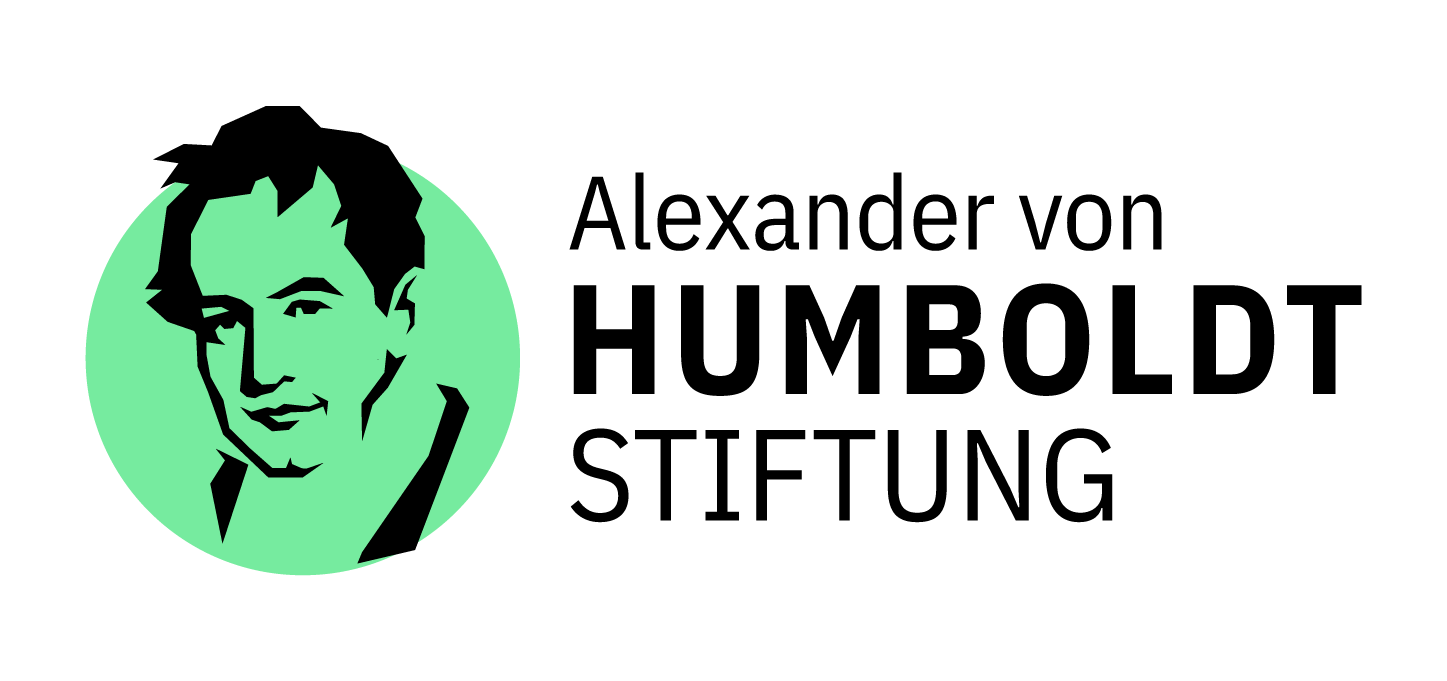Funding#
DAMASK development was financially supported by grants from various organizations.
Deutsche Forschungsgemeinschaft (DFG)#
Several DFG projects contributed to the development of DAMASK:
Steel - ab initio: Quantum mechanics guided design of new Fe-based materials (SFB 761: TP A07)
Entwicklung und Validierung einer skalenüberbrückenden Methode zur Beschreibung von Verformung und interkristallinem Bruch in Molybdän (163598472)
Strong coupling of thermo-chemical and thermo-mechanical states in applied materials (SPP 1713: 387118820, 257204851)
Manipulation of matter controlled by electric and magnetic fields: towards novel synthesis and processing routes of inorganic materials (SPP 1959: 319419837)
Structural and Chemical Atomic Complexity: From Defect Phase Diagrams to Material Properties (SFB 1394: TP C01)
Spectral methods for spherical representative volume elements (411252165)
Materials innovation institute (M2i)#
Several M2i projects contributed to the development of DAMASK:
Development of full field gradient plasticity FEM code to predict constitutive material model for dual phase steels (M41.2.10410)
3D through-process model for microstructure and texture evolution and plastic deformation in metals (S41.5.15572a)
Multi-field RVE simulation (DENS, T17019e)
Full field simulation of Dynamic Recrystallization (DENS, T17019o)
European Union#
DAMASK development was co-funded by the European Union [1] through the following projects:
Research Fund for Coal and Steel (RFCS)#
RFCS funded the project:
MuSTMeF: Multiscale Simulation Techniques for Metal Forming (709418)
Horizon Europe#
AddMorePower: Advanced modelling and characterization for power semiconductor materials and technologies (101091621)
HyWay: Multiscale Characterisation and Simulation for Hydrogen Embrittlement Assessment: Development of an Open Knowledge Platform to Foster Capability Integration (101135374)
Bundesministerium für Bildung und Forschung (BMBF)#
DAMASK development was supported by BMBF within the platform MaterialDigital:
- Verbundprojekt: Ontologie-basierte interoperable Workflows zur Erforschung und Optimierung von Stahlwerkstoffen für den Bauteileinsatz: Von der Blechhalbzeugherstellung zur Crashsicherheit (StahlDigital)Teilvorhaben: Workflows und Plattformintegration (13XP5116A)
Bundesministerium für Wirtschaft und Klimaschutz (BMWK)#
DAMASK development was supported by BMWK within the project:
- Verbundvorhaben: S3-Alu – Simulationsmethodiken zur Bewertung von Bauteilen und Systemen für nachhaltigen Leichtbau mit Sekundär-AluminiumTeilvorhaben: Mechanische Phaseneigenschaften und effektive mechanische Eigenschaften (03LB3091B)
Alexander von Humboldt-Stiftung#
The research stay of R.A. Lebensohn at MPIE in 2010 was generously supported by the Humboldt Foundation and marks the starting point for the development of the grid solver.
Tata Steel Europe#
Tata Steel Europe was an industry partner in several M2i projects and supported development of DAMASK in the DENS project.
AMAG rolling GmbH#
The AMAG rolling GmbH supports the development of DAMASK in a number of bilateral projects with MPIE.
AG der Dillinger Hüttenwerke#
AG der Dillinger Hüttenwerke provided funding through the project:
Vorhersage und Optimierung der mechanischen Eigenschaften von Komplexphasenstählen: Kristallplastizitätsmodellierung
Disclaimer







